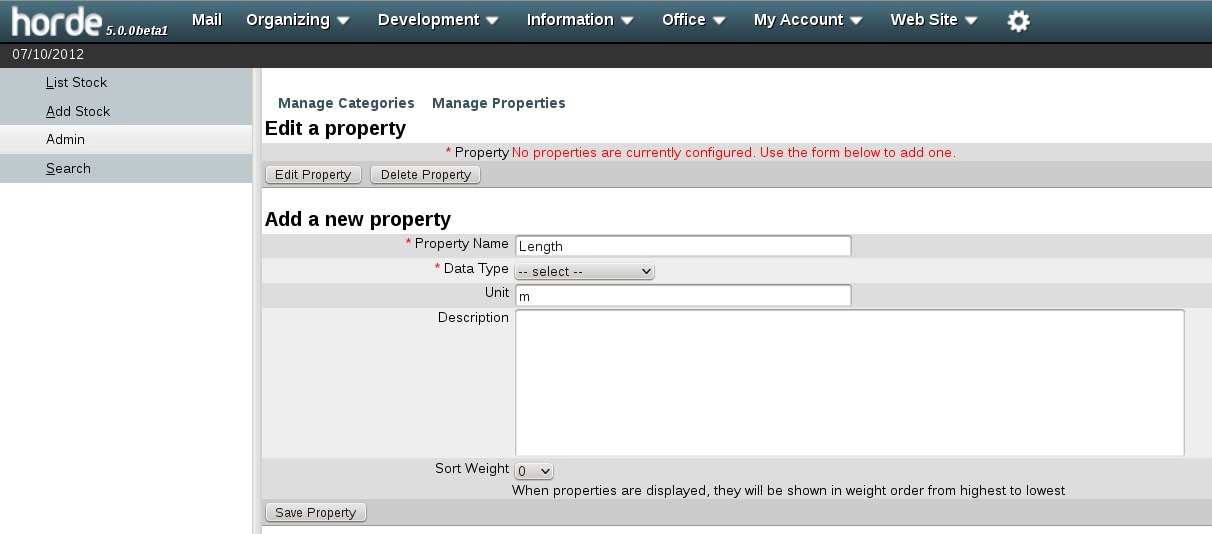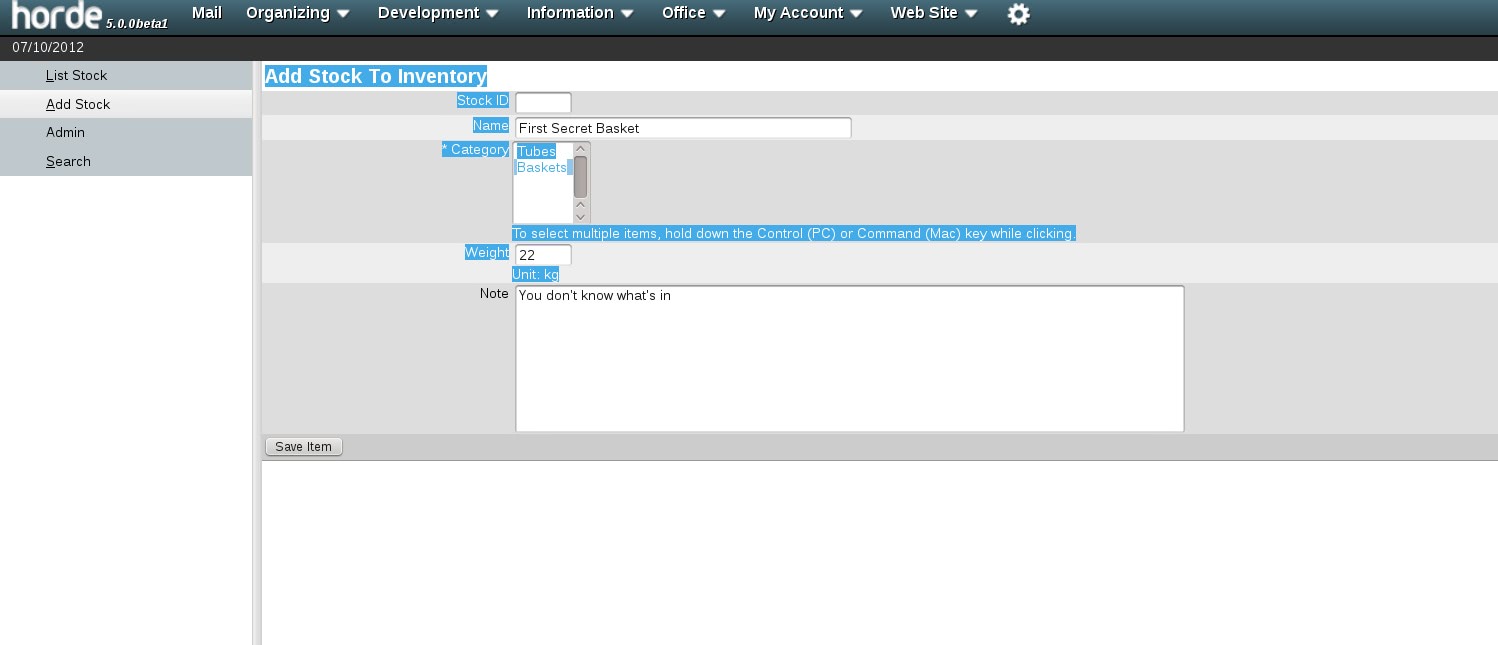There’s sometimes a little confusion about that. Let’s answer common questions.
What is Maintaina Horde?
Horde is a long-living email and groupware solution. It’s free & open source and owned by Horde LLC.
Maintaina Horde is a fork from the official horde repository adding / improving code. It started out as a proof of concept but it went on to become stable and persistent.
Maintaina is not a company. Everything written for this fork is intended to be upstreamed into proper horde as time and quality permit. Maintaina includes both results of paid work hours and free time volunteering, depending on what’s the current job of the persons involved and how Horde belongs into the picture. There’s really little time for any marketing, sorry.
Who runs this for production?
Yes, this is in daily production use. B1 Systems GmbH, the company I work with, is using both the Horde Groupware and the Horde Framework for internal and external customers. They also offer paid development, operations and consulting services. Get it hosted externally, get it set up on premise/in your DC or cloud, consume security upgrades… yeah. You get it.
Can I run your fork for personal or commercial use?
Yes. All the needed parts are released on public github, including ready-to-run daily container builds and a turnkey docker-compose solution. Everything’s free, go ahead.
If you need something stable and reliable on the other hand, there’s more work to do. It’s not advisable to run production setups off bleading edge nightly code. You need to pick and review versions, run quality checks, decide if an update is good for you. That’s work you could do yourself or delegate to some company. Did I mention B1 Systems GmbH?
Will it run my custom app?
We’ve gone through quite some pains to keep everything as backward compatible as possible. If your custom app runs off horde 5.2 or horde master branch, it’s very likely it will run without any code level modification. You may need to craft a composer.json file to get the autoloading right. Another issue may be with code trespassing into other packages’ directory layout and unconditionally include/require’ing any files. These are easy to fix.
Will this code run from a traditional pear or git-tools setup or a distribution package?
Most likely. If you submit PRs addressing problems with that, they’re welcome. It’s just not our priority.
When will the proper Horde 6 be released? Will it contain all the Maintaina enhancements?
I have little say in that. FOSS projects are always short on time and developers. The owners of horde might disagree with some changes. Most likely delays happen because they lack time to review changes for quality. There’s a paypal button on the Horde Website.
I need that feature X …
Open an enhancement request at https://bugs.horde.org if you want to suggest an enhancement.
Or open a pull request on github.com to directly supply a change you developed.
If you need something quickly, ask the companies mentioned for a paid solution, be it a private customisation or a public feature enhancement. However, only Horde LLC has the last word on what goes into their upstream product.
Can I hire you directly?
No. I don’t do freelance work.
Links and Resources
Horde Upstream: https://github.com/horde
Maintaina Horde Fork: https://github.com/maintaina-com
Maintaina images and deployments: https://github.com/maintaina


